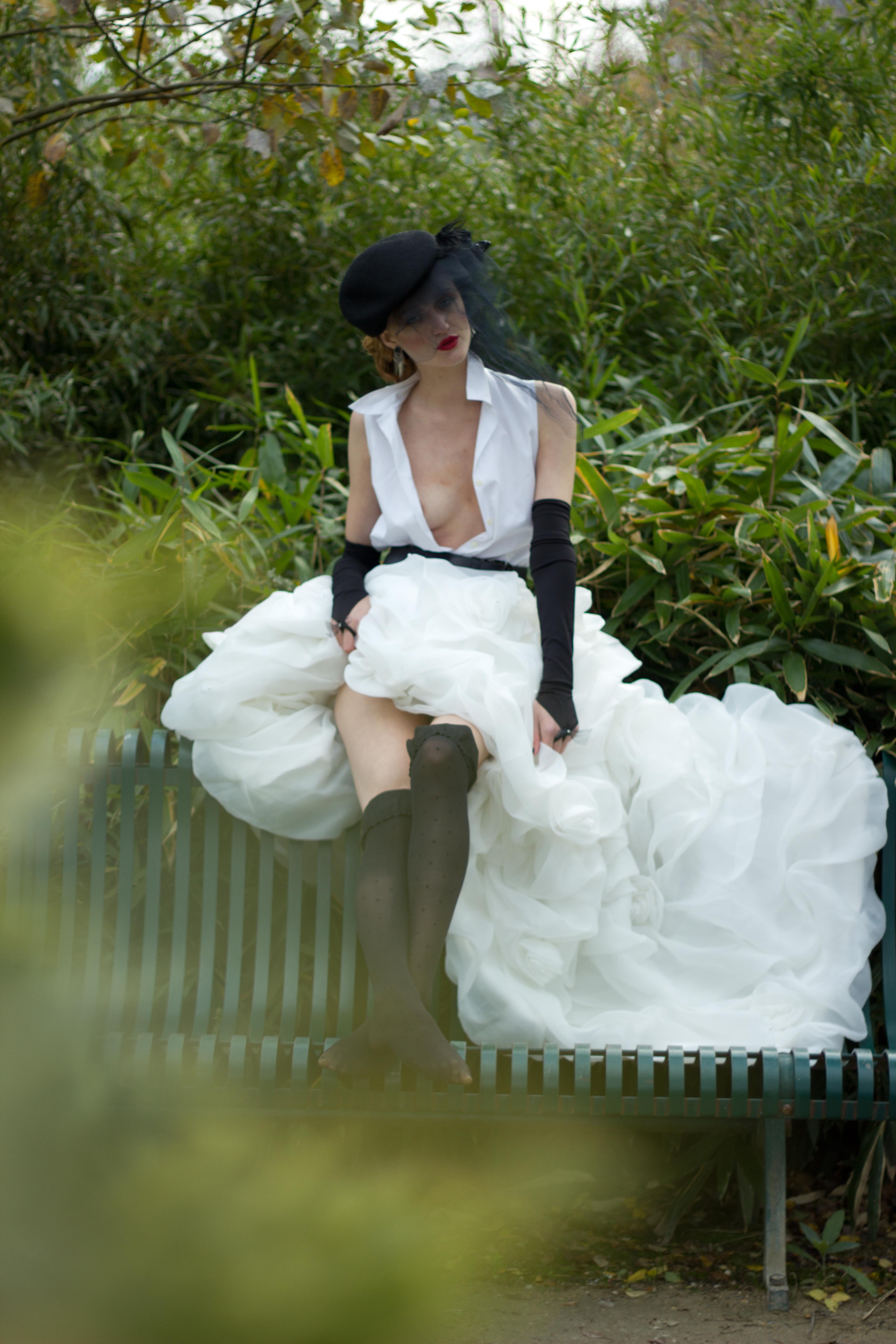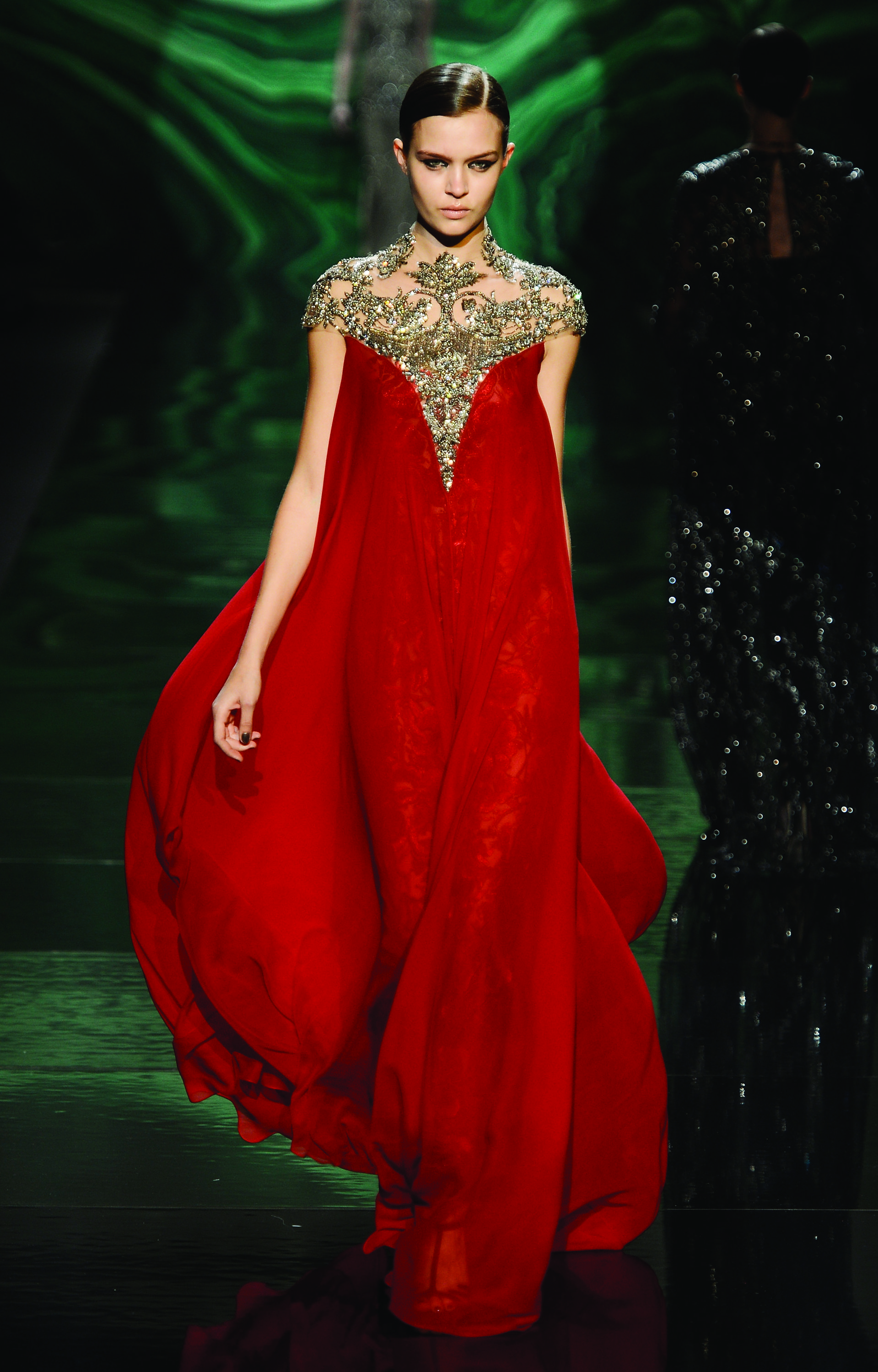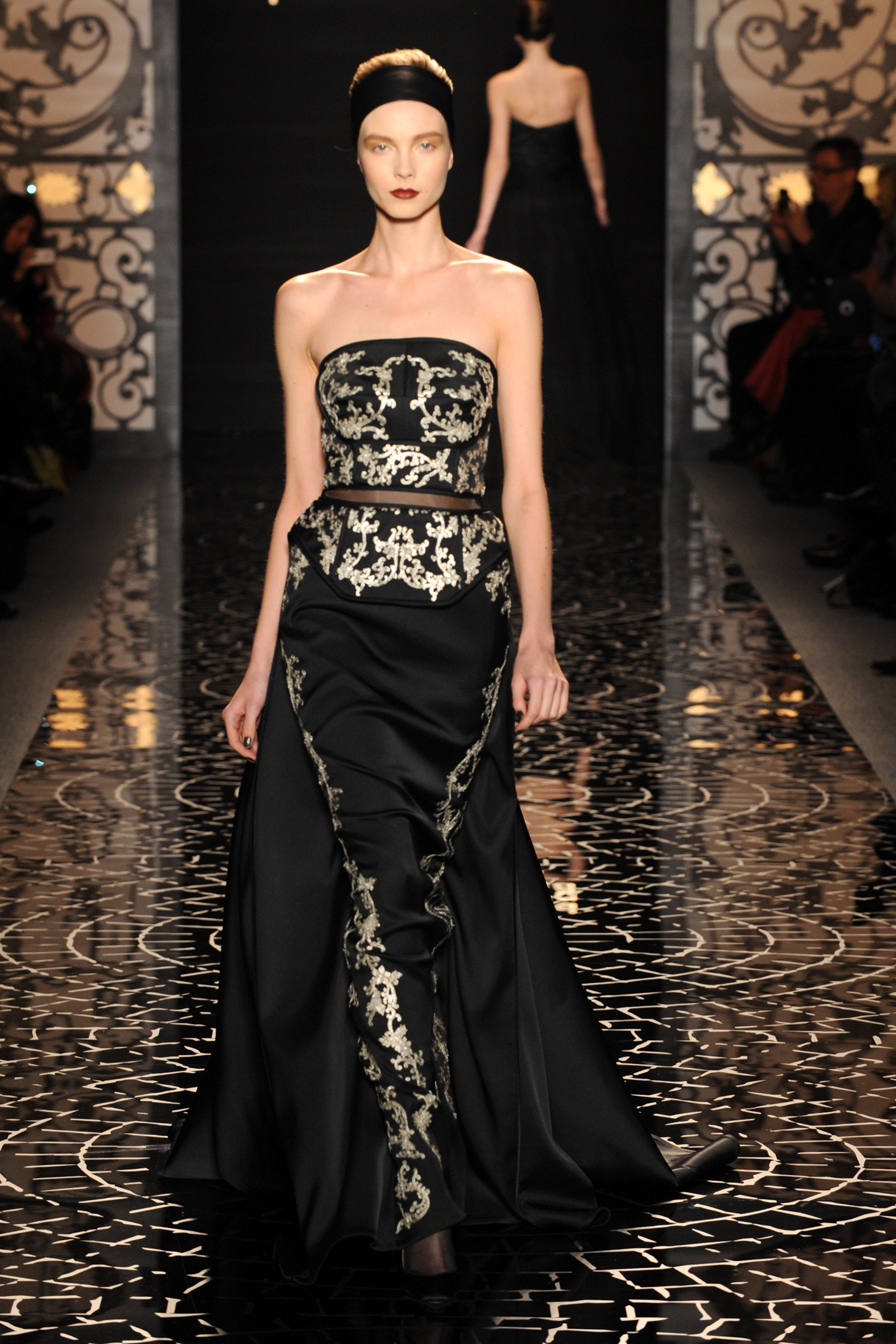A Brief History of Haute Couture
By archaicpress@gmail.com / on April 11th, 2014 / in ARCHAIC PRESS, FashionBy Ryan Wallace
Long before the era of ready-to-wear and mass produced retail, fashion was a unique entity—not only created as an expression of the person, but created solely for the individual. Nearly every garment made-to-measure, construction and tailoring of the pre-industrial era have been a long-admired beacon of a technologically inferior time. And even in a day and age where fashion is streamlined, the process of design now entirely mechanical, high fashion “haute couture” garments are amongst the most coveted in any closet.
Meaning high fashion in French, “haute couture” has been a long-cherished expression of fashion and art in their purist forms—designed and created entirely by man. An homage to a time where impeccable attention to detailing and the human imagination were sewn into a garment by hand, haute couture in the modern age takes our generation’s ingenuity & innovation and twists the threads of time into something entirely new.
With its origins beginning in the 18th century with Rose Bertin (the designer who served as Minister of Fashion to Marie Antoinette), haute couture fashion has become an entity in and of itself. Beginning with the extravagances of the court of Louis the XIV and Marie Antoinette, Paris has served as the epicenter of all things fashion. With second-hand designers in London, Vienna, St. Petersburg and Constantinople attempting to replicate designs brought from the city of light, Parisian fashion houses made a stand to set themselves apart—haute couture. Standing alone amongst the fashion capitals around the world, Paris’ inimitable designs have become the standard by which all couture is judged.
Popularized by Charles Frederick Worth (the first modern couturier) and current couture fashion designers like Coco Chanel, Lanvin, Christian Dior and Angela Tagoch, haute couture fashion has long-since elevated in both expression and expense. Preceded by a legacy of innovative fashion and some of the most intricate detailing in the industry, modern haute couture is more of an art form than its ready-to-wear alternatives. And with customized attention and fitting on every aspect of the garment, it comes as no surprise that the price tags ask a steep price in exchange for these one-of-a-kind designs.
From embroidery to dyeing; hand-painting to intricate lacework, haute couture utilizes an extensive array of difficult techniques to achieve that one-of-a-kind look. Originally conceived as fashion that not every could have, haute couture has transformed into fashion that no one can emulate. With strict laws governing who can call themselves a couturier, Parisian haute couture is protected by the Chambre syndicale de la haute couture which established the criteria in 1945. Protecting against piracy of style and inferior craftsmanship, the commission ensures the future of a dying art.
With nearly 106 couture houses in 1946 plummeting to merely 9 high-ranking houses in 2004, the extravagance of custom couture fashion has taken its toll on many designers’ collections. In an industry that is nearly entirely driven by profits, the cost of haute couture pieces limits profits for ateliers to a slim margin. Yet the haute couture pieces continue to come down runways season after season, as haute couture boast lots of publicity for designers, as well as, prestige for well executed collections.
Sailing into unchartered territories, across crimson tides and seas of chiffon, couturiers create a vision of the future of fashion through innovation of the past. And although the designs may not serve to the masses, as with any artwork, they serve as a beacon and ideal for the beauty of our era.



